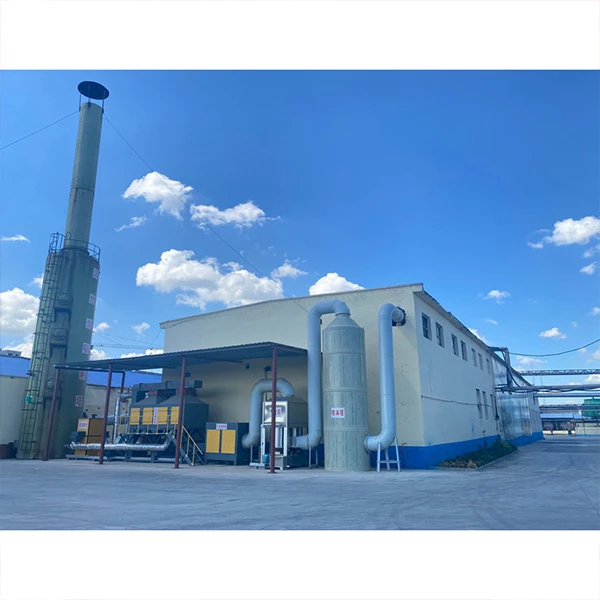The Role of HPMC in the Pharmaceutical and Industrial Sectors
Hydroxypropyl Methylcellulose (HPMC) has emerged as a versatile and indispensable polymer in a multitude of applications, particularly in the pharmaceutical and industrial sectors. Its unique properties, including its ability to form gels, emulsions, and films, make it a valuable ingredient in various formulations and products.
In the pharmaceutical industry, HPMC is predominantly utilized as a binder, thickener, and film-forming agent in tablet formulations. Its excellent binding properties ensure that active pharmaceutical ingredients (APIs) are effectively held together, enhancing the integrity of the tablet and ensuring that it maintains its shape until ingestion. Moreover, HPMC is favored for its ability to improve the release profiles of drugs. When used in controlled-release formulations, it can modulate the release of the drug over time, thereby enhancing therapeutic efficacy and providing a more favorable pharmacokinetic profile.
The Role of HPMC in the Pharmaceutical and Industrial Sectors
Beyond pharmaceuticals, HPMC also finds extensive usage in the food industry, where it serves as a thickening agent, stabilizer, and texturizing agent in various food products. Its ability to create smooth and creamy textures has made it a popular ingredient in sauces, dressings, and dairy products. Furthermore, HPMC is non-toxic and has a low allergenic potential, making it an appealing choice for health-conscious consumers and those with specific dietary restrictions.
industri hpmc

In the construction industry, HPMC is employed as an essential additive in cement and tile adhesives. Its water-retaining capability ensures that the mixture remains workable for extended periods, allowing for better application results. Additionally, HPMC improves adhesion to various substrates and contributes to the durability and flexibility of the finished product. This property is particularly important in construction projects subject to environmental stresses, as it enhances the longevity of structures.
HPMC also plays a vital role in the cosmetics and personal care industry. It is found in a wide array of products, including shampoos, conditioners, lotions, and creams. Its thickening and emulsifying properties help create stable formulations while delivering a pleasant sensory experience for consumers. The film-forming characteristics of HPMC also make it an excellent ingredient for hair styling products, providing hold and definition without leaving a sticky residue.
Finally, with the increasing focus on sustainability and environmentally friendly practices, HPMC stands out as a biodegradable and renewable resource. This aligns with the growing demand for eco-friendly products across all industries, further solidifying HPMC's role as a key ingredient in future innovations.
In conclusion, Hydroxypropyl Methylcellulose is a multifunctional polymer that has found its place across various sectors, most notably in pharmaceuticals, food production, construction, and cosmetics. Its diverse applications and beneficial properties not only enhance product performance but also contribute to the development of innovative formulations that meet modern consumer needs. As industries continue to evolve, HPMC is poised to remain a critical component in advancing technology and improving the quality of everyday products.
-
Premium Detergent Grade HPMC Hydroxypropyl Methylcellulose: Superior Thickening & StabilityNewsAug.31,2025
-
HEC 100000 Hydroxyethylcellulose for Paint | Superior ThickeningNewsAug.30,2025
-
Wall Putty Rdp Powder Packaging DesignNewsAug.29,2025
-
Introduction to Hpmc Hydroxypropyl Methyl CellulosNewsAug.29,2025
-
Hpmc Industri Grade IntegrationNewsAug.29,2025
-
How to Choose the Right Construction AdhesiveNewsAug.29,2025




